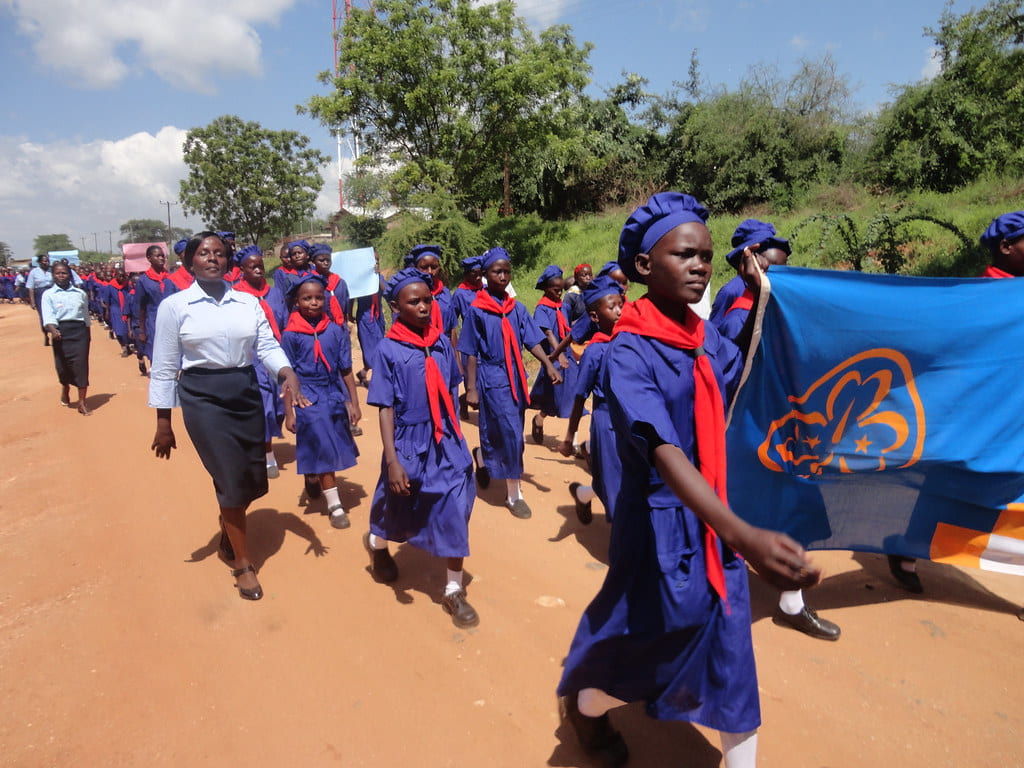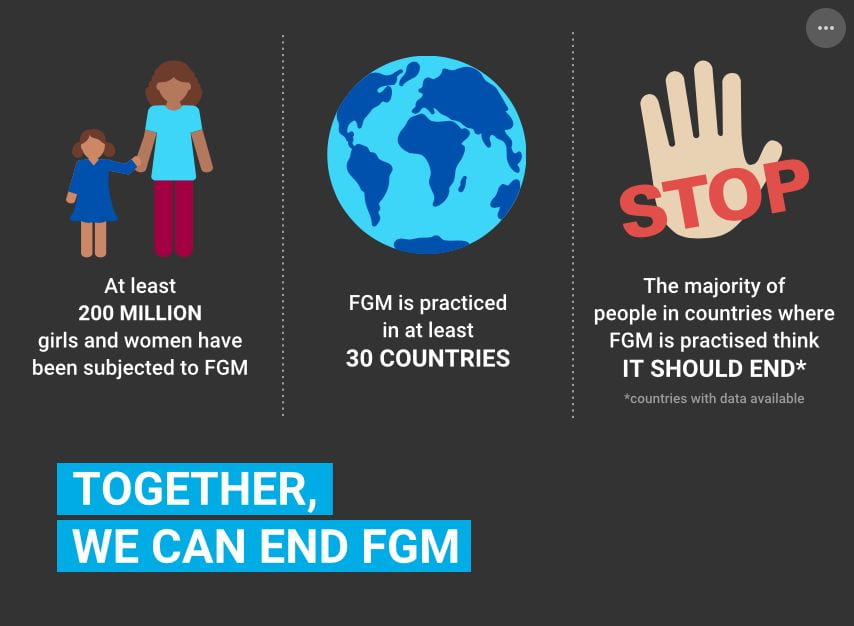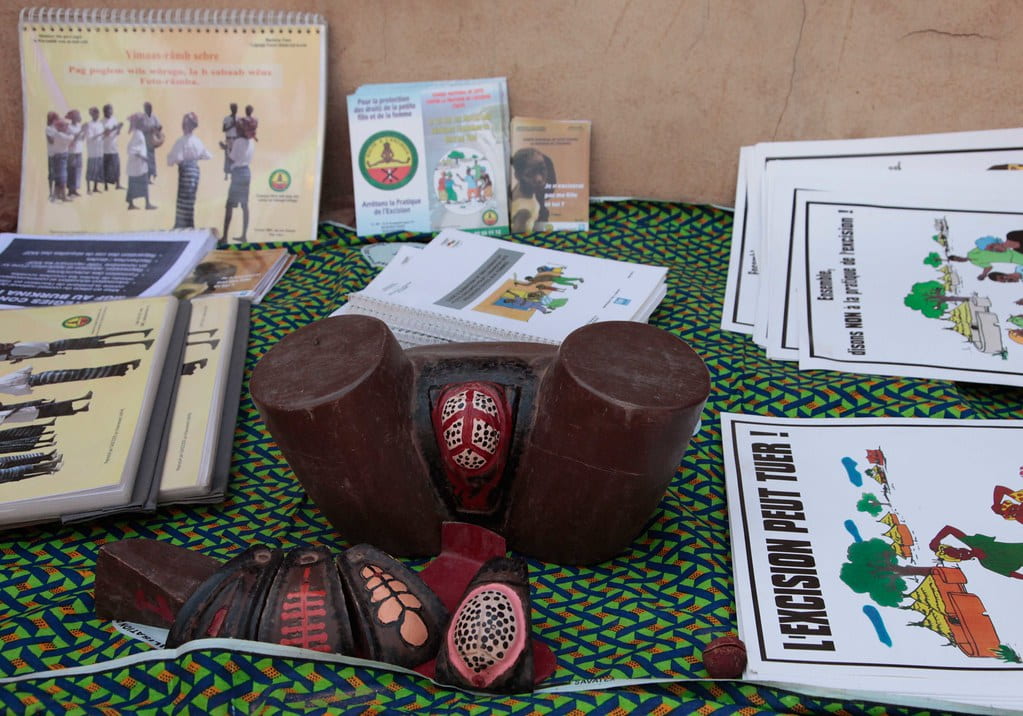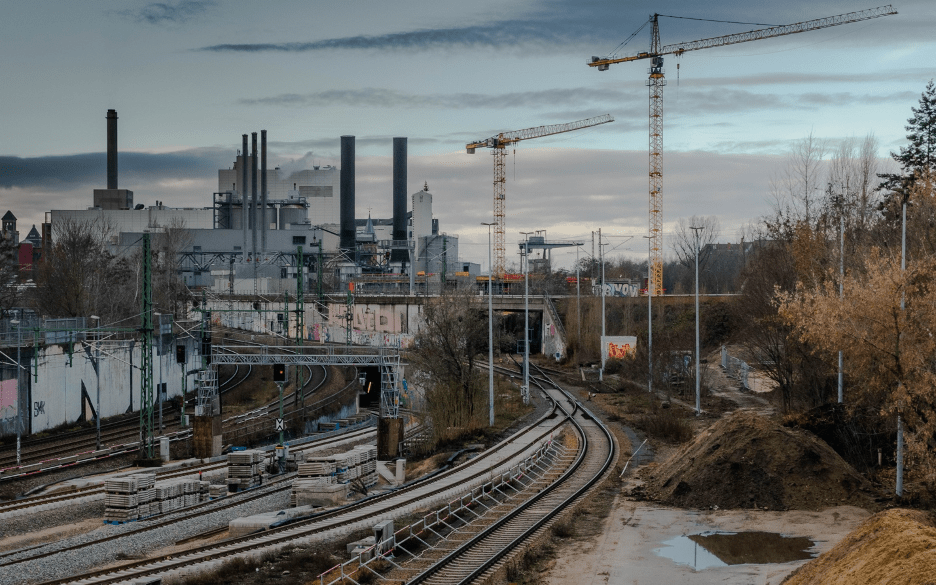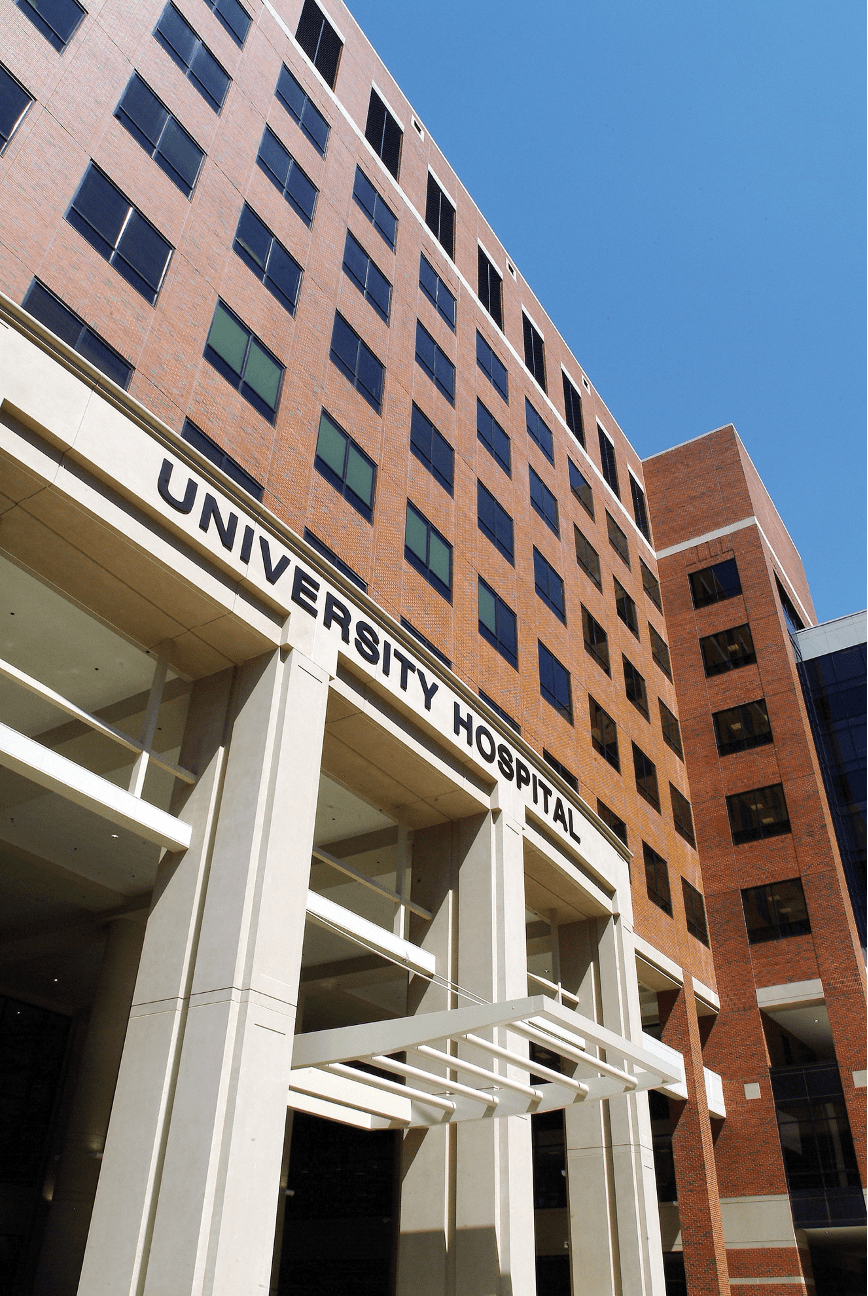
On September 16, 2022, the death of 22-year-old Mahsa Jina Amini while in the custody of Iran’s morality police ignited a nationwide uprising. What began as protests over hijab enforcement evolved into a broader demand for freedom and justice under the slogan “Woman, Life, Freedom.” But beyond the political stakes, this movement has unleashed profound psychological consequences for individuals and society; it is a crisis at the intersection of human rights and mental health.
An Overview of the Crisis
Women in Iran began revolting after the death of 22-year-old Mahsa (Jina) Amini, who was arrested by the country’s “morality police” in September 2022 for allegedly wearing her hijab too loosely. Witnesses reported that she was beaten in custody, and she died shortly afterward, becoming a symbol of the everyday oppression that Iranian women face under strict mandatory hijab laws and decades of state surveillance, harassment, and punishment. Her death ignited widespread anger, leading women and girls to remove their hijabs, cut their hair, and protest the broader system of gender-based control. This outrage quickly expanded beyond Amini herself, sparking one of the largest protest movements in Iran’s recent history and drawing nationwide support.
The protests triggered by Amini’s death were among the largest Iran had seen in decades, spreading to more than 150 cities. State repression followed swiftly: reports indicate that security forces used lethal force, detained thousands, and committed acts of torture and sexual violence against protesters. A UN fact-finding mission later concluded that many of these violations may amount to crimes against humanity, including murder, imprisonment, torture, and persecution, particularly targeting women. Despite international outcry, accountability has been limited, and the psychological wounds continue to deepen.
The Weaponization of Psychiatry
One of the most chilling psychological tactics used by the Iranian regime against participants in the recent protests is the involuntary psychiatric hospitalization of dissenters. Authorities have publicly admitted that some student protesters were sent to “psychological institutes” during and after the protests, not for genuine mental illness, but as a tool to “re-educate” them.
In one particularly disturbing case, Ahoo Daryaei, a doctoral student who protested by partially removing her hijab in public, was reportedly forcefully disappeared and likely sent to a psychiatric hospital. Labeling protest behavior as “madness” isn’t just stigmatizing; it’s a deliberate form of repression rooted in misusing mental health institutions. Psychiatrists inside and outside Iran have condemned this practice as a gross violation of human rights.
Trauma, Anxiety, and Depression
The violence of the crackdown and the constant threat to safety have caused widespread psychological trauma. But even those not visibly injured describe deep emotional scars.
In interviews and counseling settings, psychologists report a surge in anxiety and depression among young women across Iran. A female psychotherapist described how girls in small towns, once relatively isolated, entered into a state of “heightened awareness” after Amini’s death, but also into frustration and internal conflict:
These emotional struggles are compounded by the fact that some girls feel guilty or disloyal to their families when they defy expectations, which is a significant psychological burden. On a broader level, the constant surveillance, repression, and societal division fuels pervasive fear. A published analysis of Iran’s protests noted that protest-related trauma is not just physical but deeply psychological, affecting individuals’ ability to trust, belong, and imagine a safer future.
Collective Psychology: Identity, Resilience & Social Change
Despite the repression, the movement has fostered powerful collective resilience and identity. Psychologically, protests like these are often rooted in social identity theory: people come together around a shared sense of injustice (in this case, gender-based oppression and state violence) and develop strong bonds that motivate collective action.
One manifestation of this is the growing refusal of women to wear the hijab, which is becoming seen as a normalized act of civil disobedience. This symbolic rejection has become a form of psychological resistance. Rather than waiting for external change, many Iranians are asserting internal agency and self-determination.
This quiet revolution isn’t risk-free. Protesters face brutality, arrest, and psychological harm. But for many, the act of defiance itself is a source of empowerment and a way to reshape their own sense of identity, purpose, and belonging in a context that so blatantly denies them autonomy.

Intergenerational Effects & the Future
The mental health impacts of the crackdown are likely to have long-term, intergenerational consequences. Children and teenagers exposed to violence, either directly or via their families, may carry trauma that affects their development, academic performance, and relationships. For some, the protests represent a break from generational patterns of silence or submission, but that break comes with a cost.
Moreover, the lack of institutional accountability, as documented by Human Rights Watch and the UN, compounds the trauma. Without justice or recognition, survivors may struggle to process their experiences, leading to lasting emotional scars. Yet, there is hope: the persistence of the movement, even in the face of brutal repression, suggests that for many Iranians, psychological healing and human-rights change are intertwined. The continued refusal to comply, the daily acts of resistance, and the communal memory of trauma may all serve as foundations for a future built on dignity and freedom.
Why This Is a Human Rights and Mental Health Crisis
From a human-rights perspective, what’s happening in Iran is not just political suppression, but also a systematic campaign of gendered persecution, psychological control, and enforced conformity. The UN mission concluded that many of the regime’s actions amounted to crimes against humanity, including persecution, torture, and sexual violence.
Psychologically, the use of psychiatric institutions to silence dissenters violates fundamental principles of autonomy and mental integrity. Even more, the widespread trauma threatens social cohesion, sense of identity, and collective well-being. The mental health crisis is not a side effect, it’s central to the human rights violations. Without addressing both the physical and psychological consequences, the wounds of this movement will remain unhealed, and the foundation for meaningful justice and reform will be unstable.
What Needs to Happen
Addressing this crisis requires coordinated action on multiple fronts. International accountability and support are essential, with bodies like the UN and international courts pressing for justice, accountability, and reparations for victims of repression, while countries with universal jurisdiction consider investigating human rights abuses, including psychological repression. Mental health infrastructure and aid must also be expanded, with support from international organizations to provide trauma counseling and remote psychosocial assistance to Iranians both inside and outside the country who lack safe access to care. Protecting dissenters from psychiatric abuse is critical; international psychiatry associations should condemn involuntary hospitalizations of protesters and provide clear guidelines for safeguarding patients’ rights, while diplomatic or economic pressure could be directed at institutions complicit in these abuses. Finally, empowering local and global solidarity is vital: amplifying the voices of Iranian activists, particularly women, and supporting cultural forms of resistance such as music, art, and storytelling can promote healing, identity formation, and collective resilience.
Conclusion
The “Woman, Life, Freedom” movement in Iran is more than a political uprising; it’s a psychological battleground. The regime’s brutal crackdown is not only a violation of bodily rights but of mental integrity. People are being traumatized, surveilled, pathologized, and denied justice. Yet in the face of repression, they are also cultivating a new collective identity, resilience, and purpose. Understanding this crisis through a psychological lens is essential. It reminds us that human rights are not abstract ideals; they are woven into our mental well-being, our capacity to heal, to resist, and to imagine a freer future.





























![[Image 2] The Search Commision and the organization "Buscando Hasta Encontrarte" (Searching until I Found You) signed a covenant to strenghten searches. Source: Yahoo Images.](http://desdeabajo.mx/wp-content/uploads/2021/04/CBPEH-BHE-1-848x478.jpeg)
![[Image 3] The Nydia Erika Foundation. Source: Yahoo images.](http://web.nydia-erika-bautista.org/wp-content/uploads/Yanette-Bautista-con-el-retrato-de-su-hermana-Nydia-Foto-Contagio-Radio.jpg)
![[Image 4] Protests against the high women homicide rates in Mexico. Source: Yahoo Images.](https://www.sdpnoticias.com/resizer/v2/3OJI3IAWJJHDLCLNWN4YKCCLIM.jpeg?smart=true&auth=00ad1072f05d3aebb906f30835e78cc2e81e679869847e32c3fcfff8a88f9a81&width=1189&height=755)

